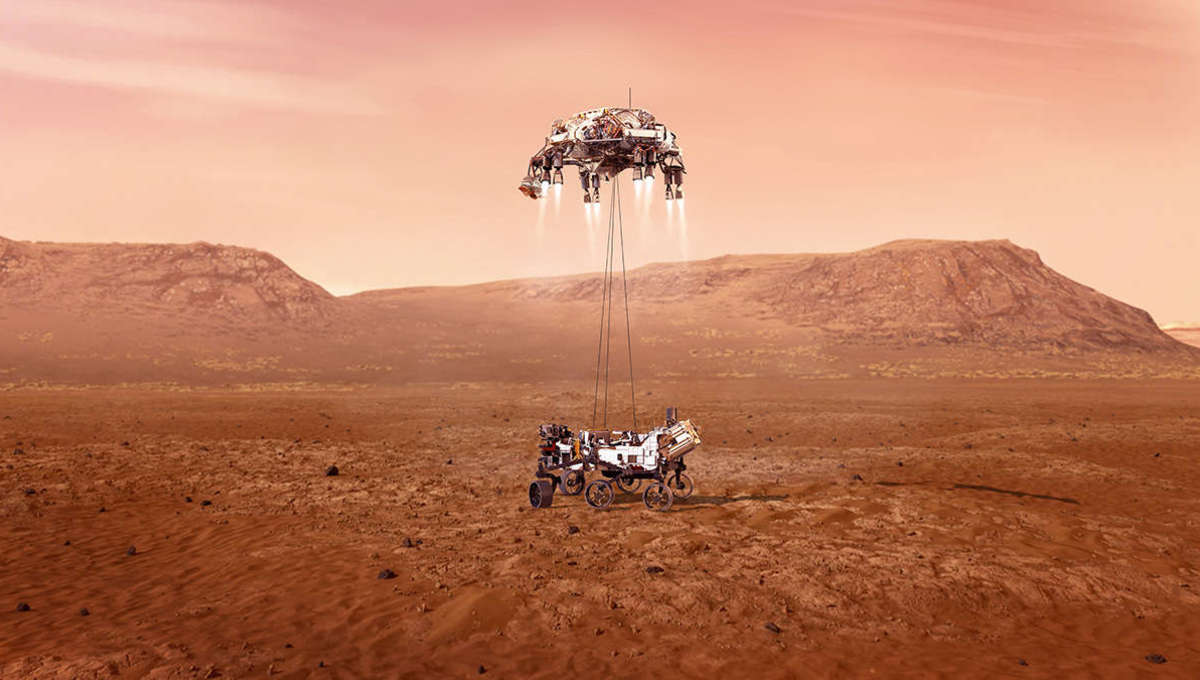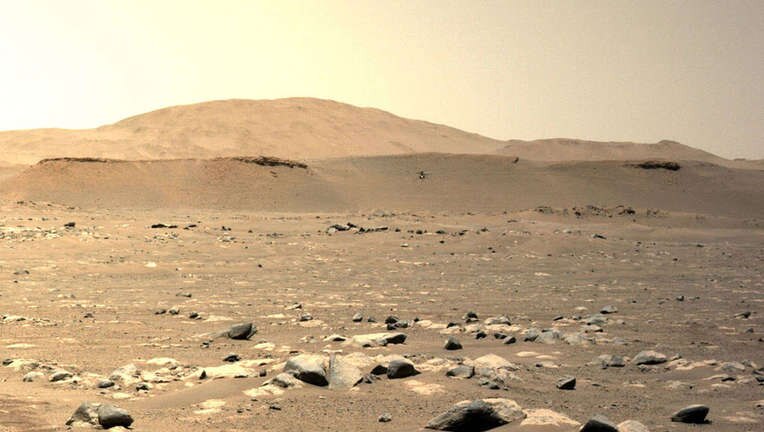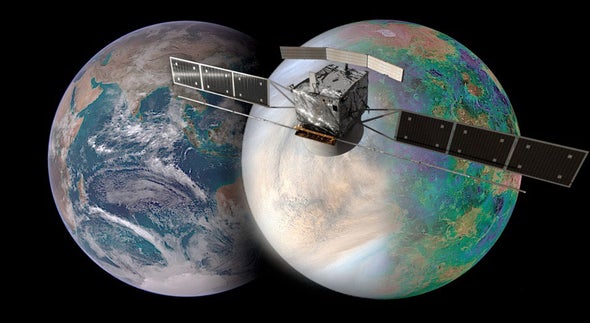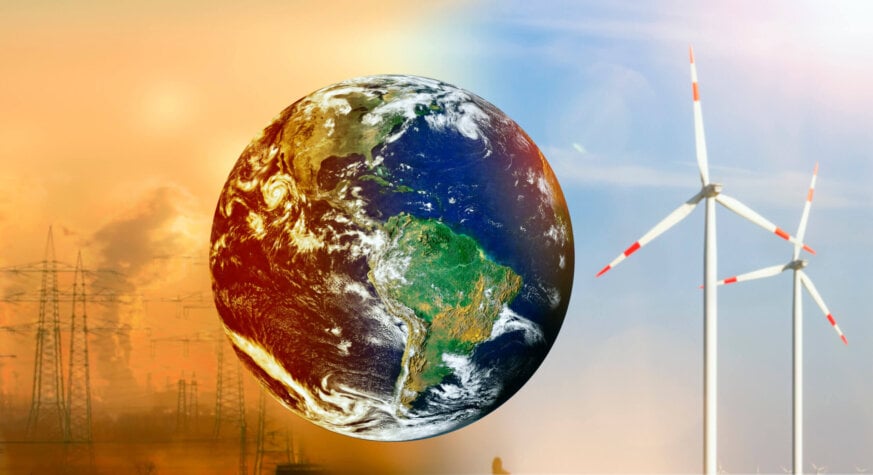Toshiba changes board nominees as two step down in deepening crisis
Makiko Yamazaki
Sun, June 13, 2021

The logo of Toshiba Corp. is seen next to a traffic signal atop of a building in Tokyo
By Makiko Yamazaki
TOKYO (Reuters) - Toshiba Corp, facing a deepening crisis over corporate governance, said on Sunday it will change its board director nominees for an upcoming shareholder meeting, as two are stepping down.
The shake-up follows an investigation that found the company had colluded with the Japanese government to pressure foreign investors, a revelation that its second-largest shareholder called the greatest corporate governance scandal in the world in the last decade.
The report was commissioned by shareholders, who voted in March for an independent investigation into allegations investors had come under pressure from the company.
Audit committee chair Junji Ota and audit committee member Takashi Yamauchi will retire as board directors, the company said in a statement, following a four-hour long emergency board meeting.
Toshiba's audit committee has come under scrutiny as the investigation alleged the committee failed to take any action even when it became aware of Toshiba's attempt to prevent shareholders from exercising their rights.
Toshiba also said two executives, Masayasu Toyohara and Masaharu Kamo, will leave this month. The report alleged these two reached out to the Ministry of Economy, Trade and Industry (METI) for support ahead of Toshiba's annual general meeting last July.
In the statement, Toshiba said it "will take action to identify the root cause without delay, in an objective and transparent manner, including the participation of third parties."
The board, particularly chairman Osamu Nagayama, is likely to continue to face repercussions from the report in the run-up to the annual shareholders meeting on June 25.
Earlier on Sunday, 3D Investment Partners, Toshiba's second-biggest shareholder, wrote in a letter to the chairman and the three audit committee members calling for their immediate resignations.
3D's letter, seen by Reuters, describes Nagayama as "ultimately responsible for Toshiba's recent governance failures, including the flawed internal investigation and the board's determination to oppose an outside, independent investigation."
Quiddity Advisors analyst Travis Lundy, who writes on online commentary platform Smartkarma, also questioned the responsibilities of Nagayama, who also serves as nomination committee chairman.
"The problem with a board, and most particularly an audit committee is that someone is supposed to watch the watcher. That is Nagayama-san's job," he said.
Shareholder advisory firm Institutional Shareholder Services Inc has recommended that shareholders should vote against the re-appointment of Nagayama, saying that he should be held responsible for the re-appointments of audit committee members.
A Toshiba spokeswoman said such criticism should be mitigated as the two audit committee members are now leaving. Toshiba declined to make the chairman or executives Toyohara and Kamo available for comment.
Four independent directors, who on Friday called for a shake-up of Toshiba's management and board, released a statement welcoming the announced changes.
(Reporting by Makiko Yamazaki; Editing by David Dolan and Jane Merriman)































